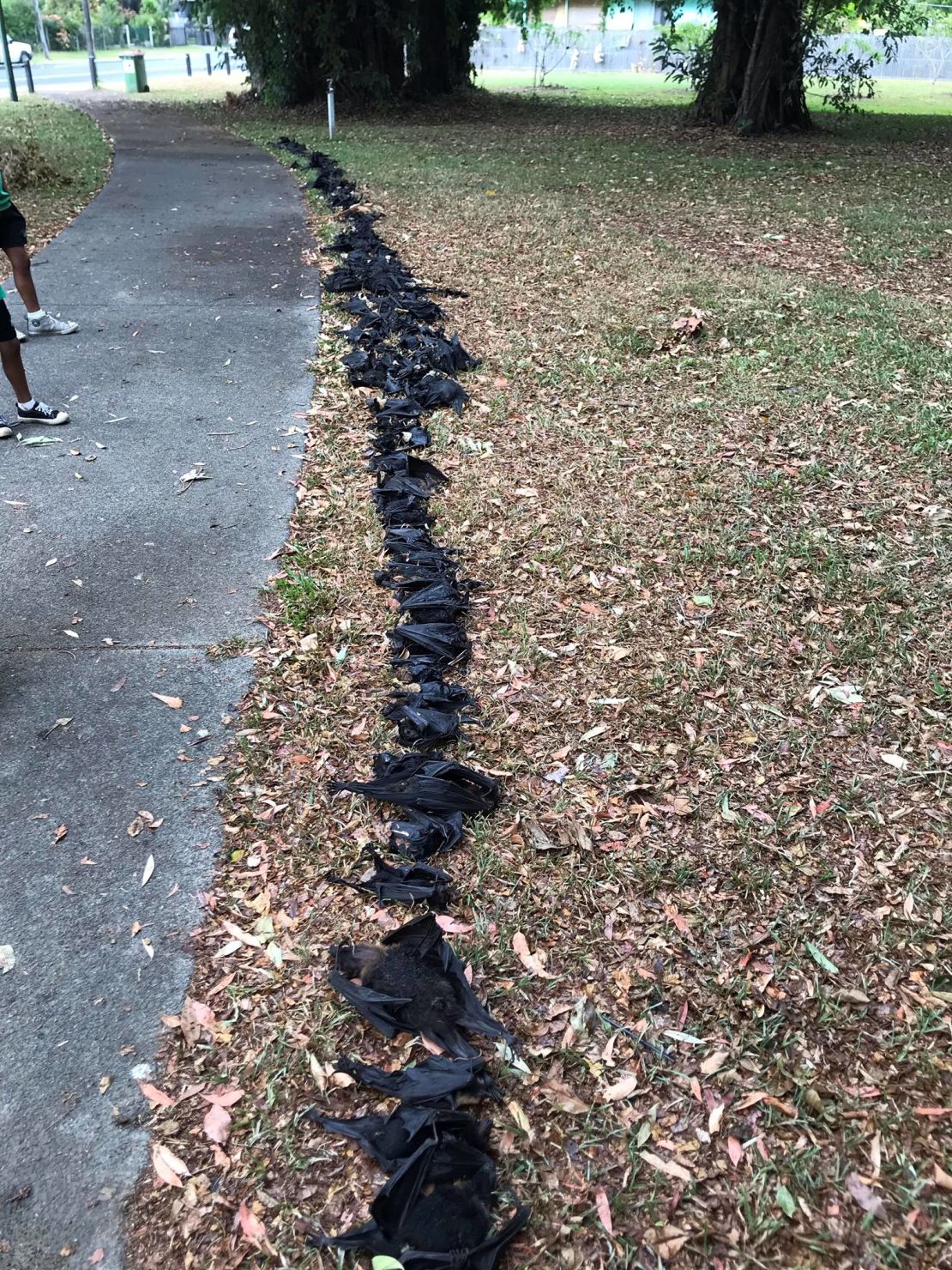Heavy rainfall flooded roads and train stations across Sydney on Wednesday as Australia’s largest city suffered its heaviest November downpour in 34 years.
More than 100 mm (four inches) of rain fell in less than 24 hours across the city, leaving morning commuters trudging through inundated subways on their way into work.
A severe thunderstorm warning was issued by the Bureau of Meteorology on Wednesday for the city and surrounding areas, while some trains and ferry services were canceled.
Stunned Sydney residents posted photos and videos to social media, some of which showed cars driving through rising flood waters as high their car windshields.
“We have a low pressure system which is lingering over the coast and this has caused quite a lot of significant weather events over New South Wales generally,” meteorologist with the Bureau of Meteorology Rosemary Barr told CNN.
Barr said it was Sydney’s wettest November day since 1984. She added the rainfall was expected to clear up overnight.
The rising waters and pelting rain caused chaos on the city’s roads with dozens of accidents in just six hours, which left one person dead according to NSW Ambulance Services.
New South Wales wasn’t the only Australian state experiencing extreme weather on Tuesday. Further north in Queensland thousands of people were told to evacuate as large wildfires continued to spread across the state.
“Natural hazards are causing more damage and destruction across Australia, and internationally, than ever before,” Richard Thornton, Bushfire and Natural Hazards CRC chief executive, said in a statement.
Temperature records across the state were shattered in recent days, in some places by several degrees, while more than 30 schools have been closed amid the ongoing extreme weather.
In Cairns, on the Queensland coast, temperatures were so severe that hundreds of bats dropped dead in the heat, leaving wildlife workers to care for dozens of orphaned babies.

“Today we witnessed just how devastating heat can be … As we saved some more would drop from the tree. We have 100s of babies in care. Carers are stretched, broken and tired,” North Queensland Wildlife Care said on its social media.
Bureau of Meteorology’s Sarah Fitton told the Australian Broadcasting Corporation that the two extreme weather events were connected.
“The trough that’s moving through Queensland today and producing quite testing fire conditions is extending down into that low-pressure system that is through New South Wales, so there is a link between the systems,” she told local media.

